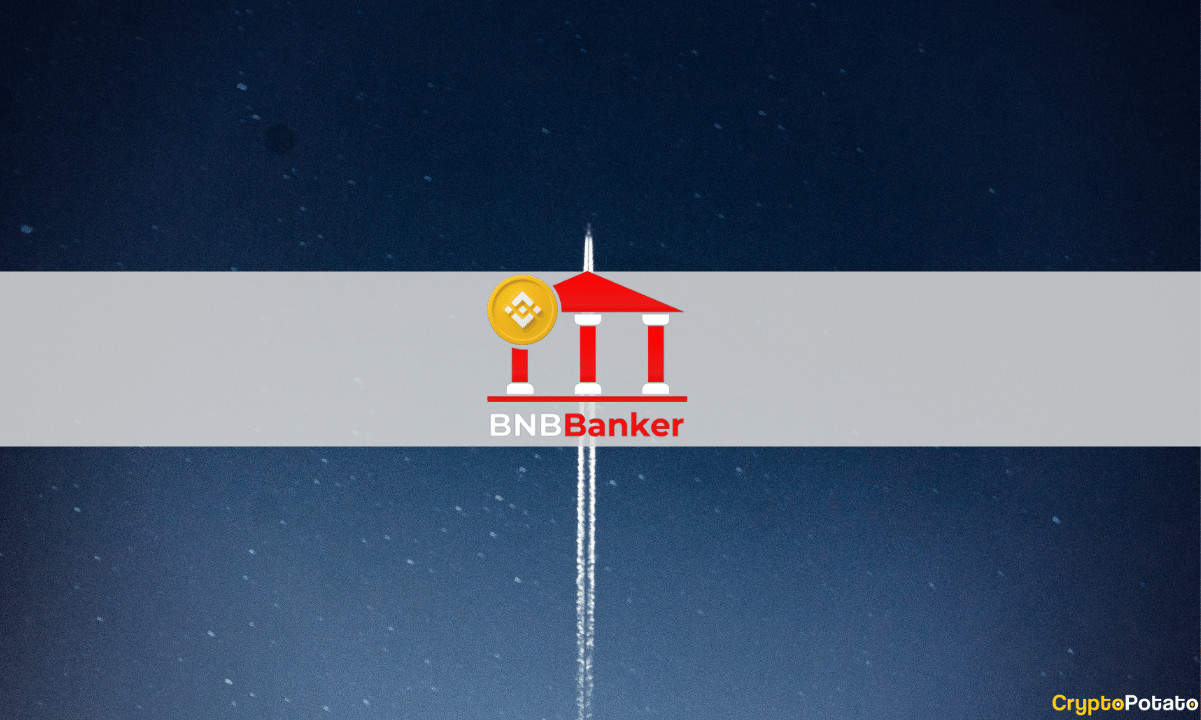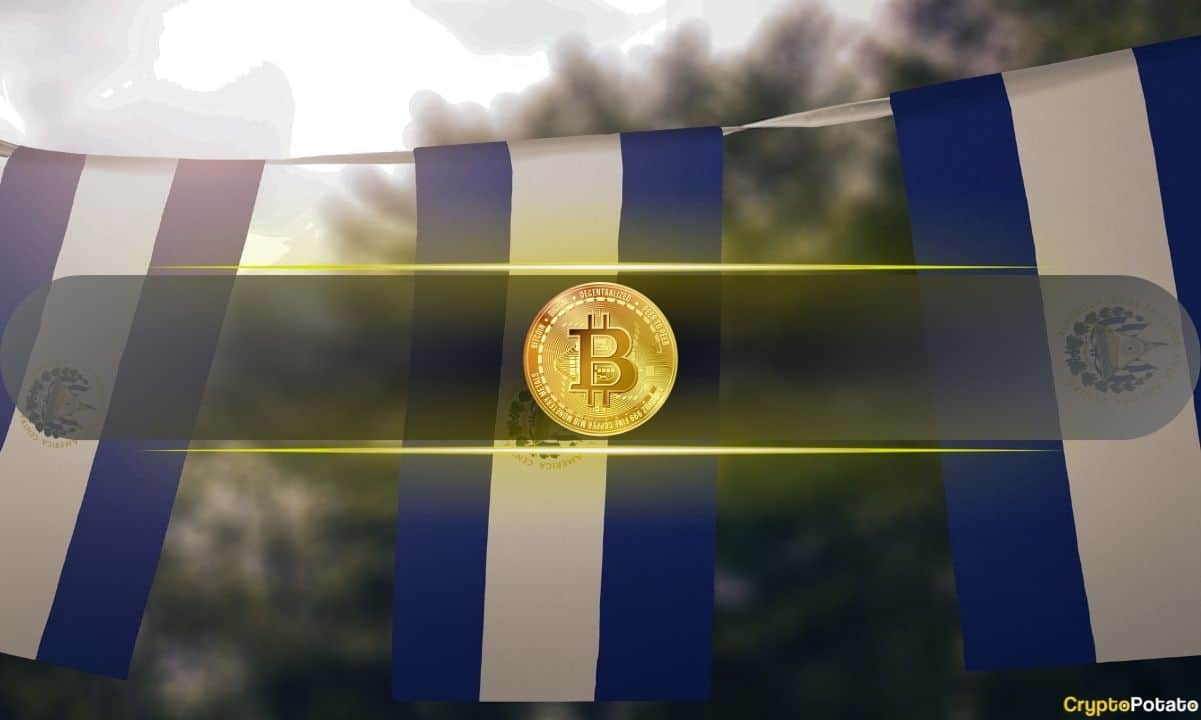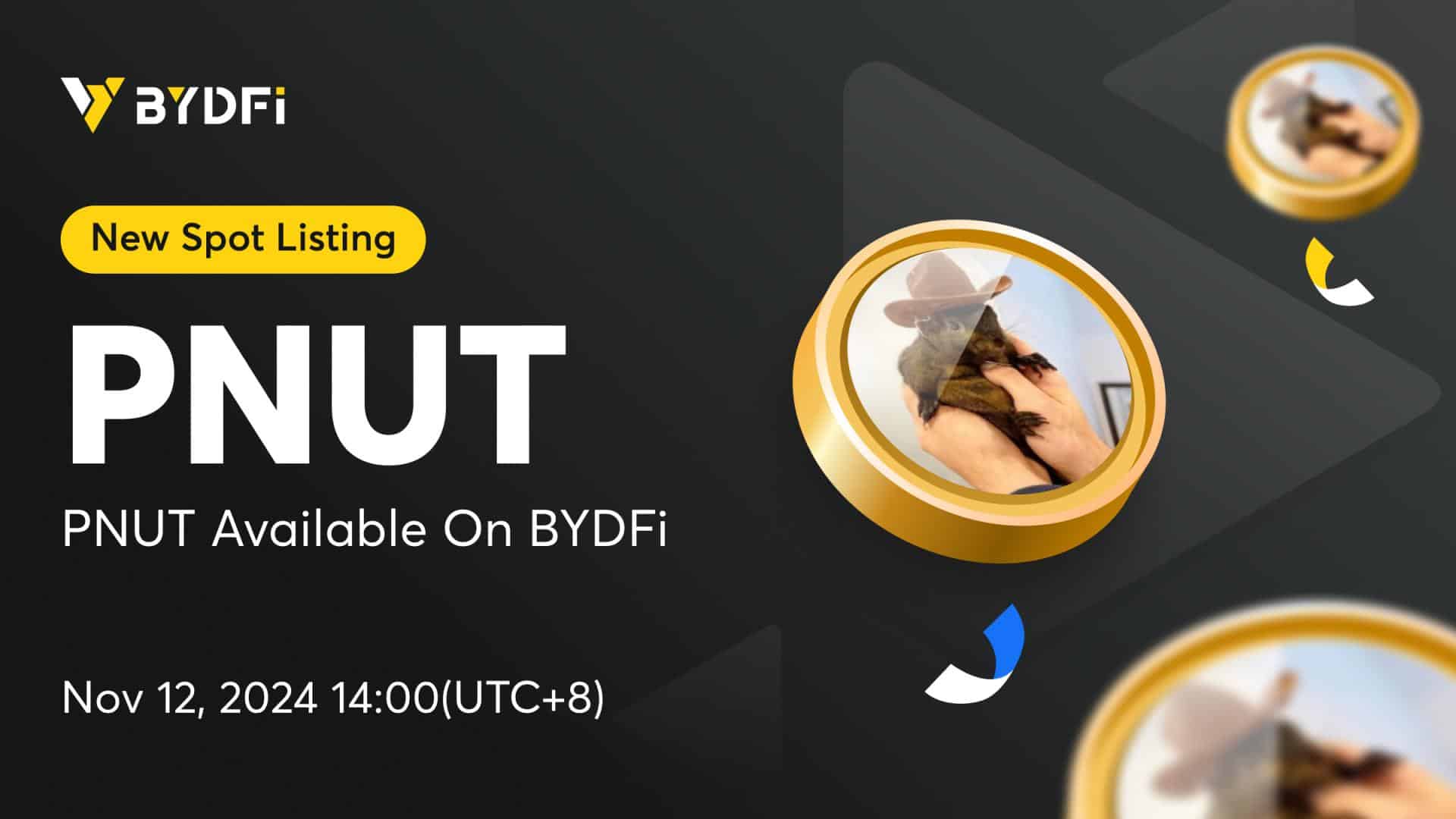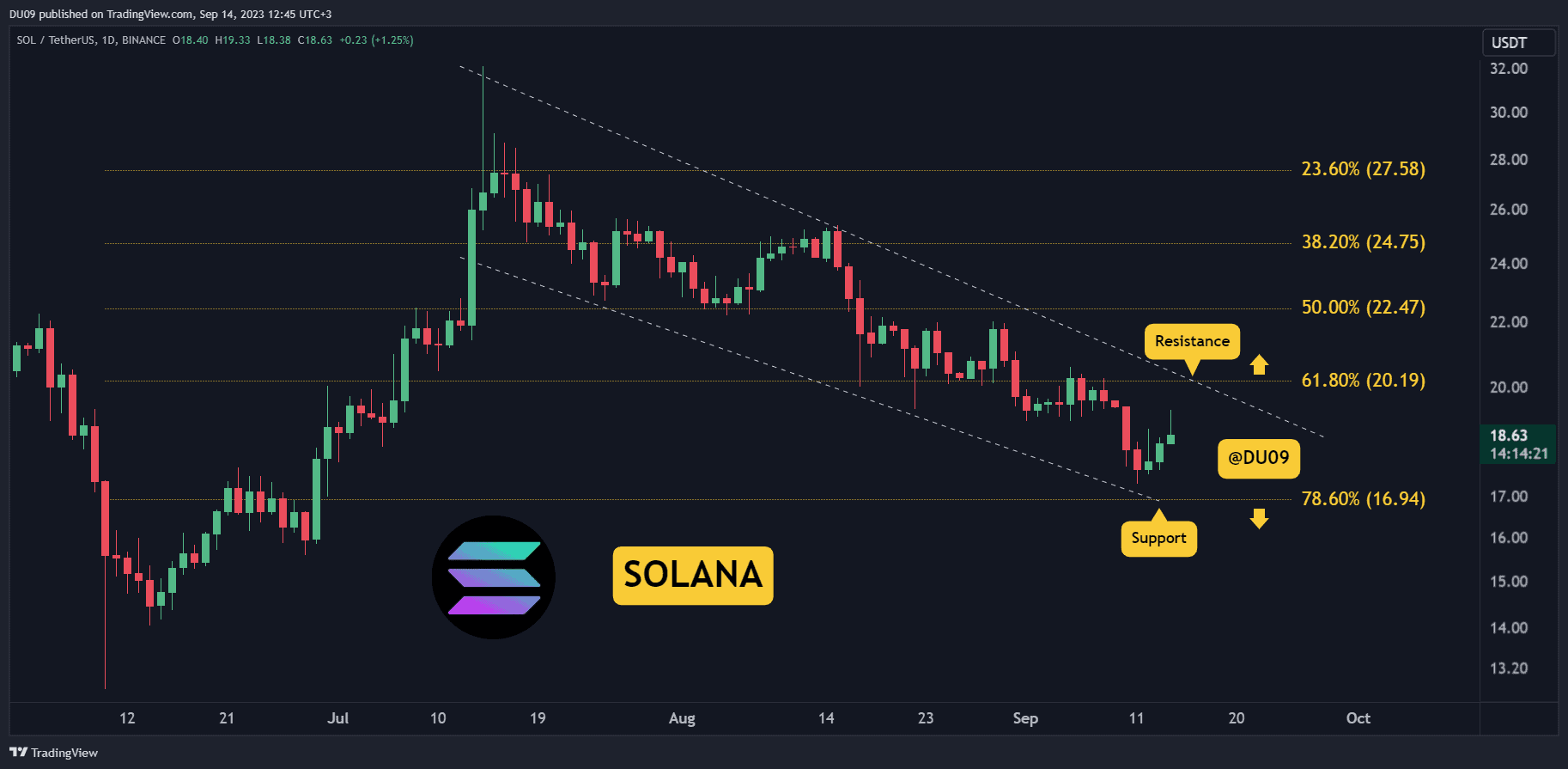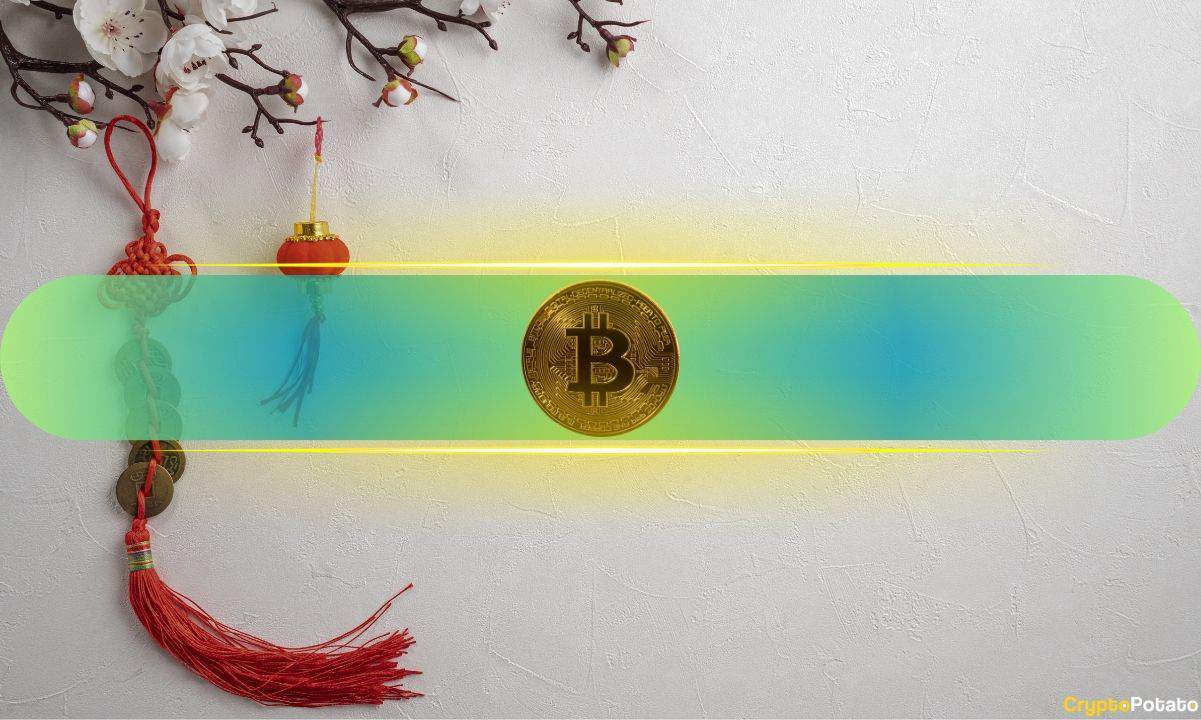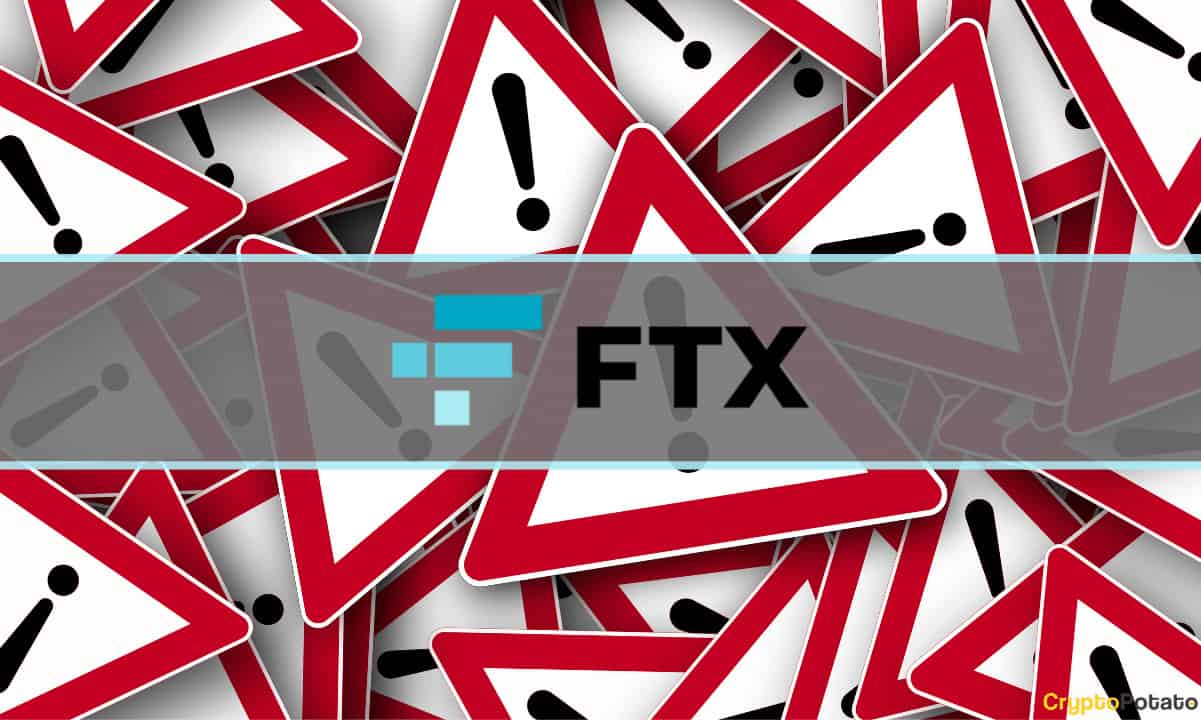For Dummies: Why Block.one (EOS) Penalty By The SEC Was Only $24 Million?
Recently the SEC slapped Block.one, the company behind EOS, with a $24 million settlement penalty for not registering its Initial Coin Offering (ICO) properly as a security offering.
Almost immediately, SIA Network also announced
that they came to a settlement with the SEC over a similar issue regarding the
Nebulous project, which raised around
$120,000 in a token sale back in 2014. The company was fined $225,000.
These events left a lot of unanswered questions within the cryptocurrency community as to the nature of the EOS token and whether it is to be considered a security, as well as to the Commission’s overall stance on the matter. Moreover, people started wondering whether it’s justified to fine Block.one with $24 million, given that they raised more than $4 billion.
What Did Block.one Do Wrong
Just a couple of days ago, the US Securities
and Exchange Commission (SEC) fined the publisher of EOS, Block.one, with $24
million. The charge was because the company had failed to register its year-long
$4 billion token sale, EOS, as a security
offering.
“This
was a settlement for a civil claim, and there
was no pursuit against fraudulent activity regarding the ICO,” Tomer Ravid, BloxTax CEO,
told CryptoPotato. “In other words, the entire thing was a matter of the
EOS foundation failing to register its
token sale with the SEC and not seeking an exemption from registration.”
More ICOs To Follow Up
Whenever a company offers American residents
tokens or other securities, it has to register it with the SEC as a securities
offering or to file a Reg A or Reg D exemption.
The registration process is fairly simple.
Anyone can hand-in, and it’s not even necessary to have a law firm involved.
The SEC’s database, or EDGAR, is available online for anyone. EOS
did neither of these things, and that’s
why it got fined.
“We are going to see more news of the kind,
especially if US investors are willing to complain and to demand their money
back. They can claim it based on technicalities or based on fraudulent activity
or lack of disclosures.”, Ravid added.
Why Was The Penalty So Minor?
While $24 million might sound like a huge fine,
it’s actually a tiny percentage of what EOS raised during
its ICO. After all, the company managed to raise more than $4 billion during its token sale, which lasted 365 days.
Commenting on the matter, Ravid said that the
fine is proportional to the amount of money raised from US residents and that “we
don’t know the exact numbers.” However,
EOS did try to block US residents from participating in their token sale.
Not The End For ICOs
“There
will, indeed, be another ICO bubble, but this one will be a lot more mature and
responsible for both the companies and the investors.”, Ravid thinks that the
2017 ICO bubble was not the last word for the cryptocurrency token-sales.
“I strongly believe that projects seeking
funding using the ICO model can still do so, but they have to obey the rules.
We could see a new generation of founders using initial coin offering on a
limited scale, to spread their platform.”
However, Ravid concludes that anyways, the capital raised from an ICO would be
marginal, and it won’t replace
traditional fundraising.
The post For Dummies: Why Block.one (EOS) Penalty By The SEC Was Only $24 Million? appeared first on CryptoPotato.

